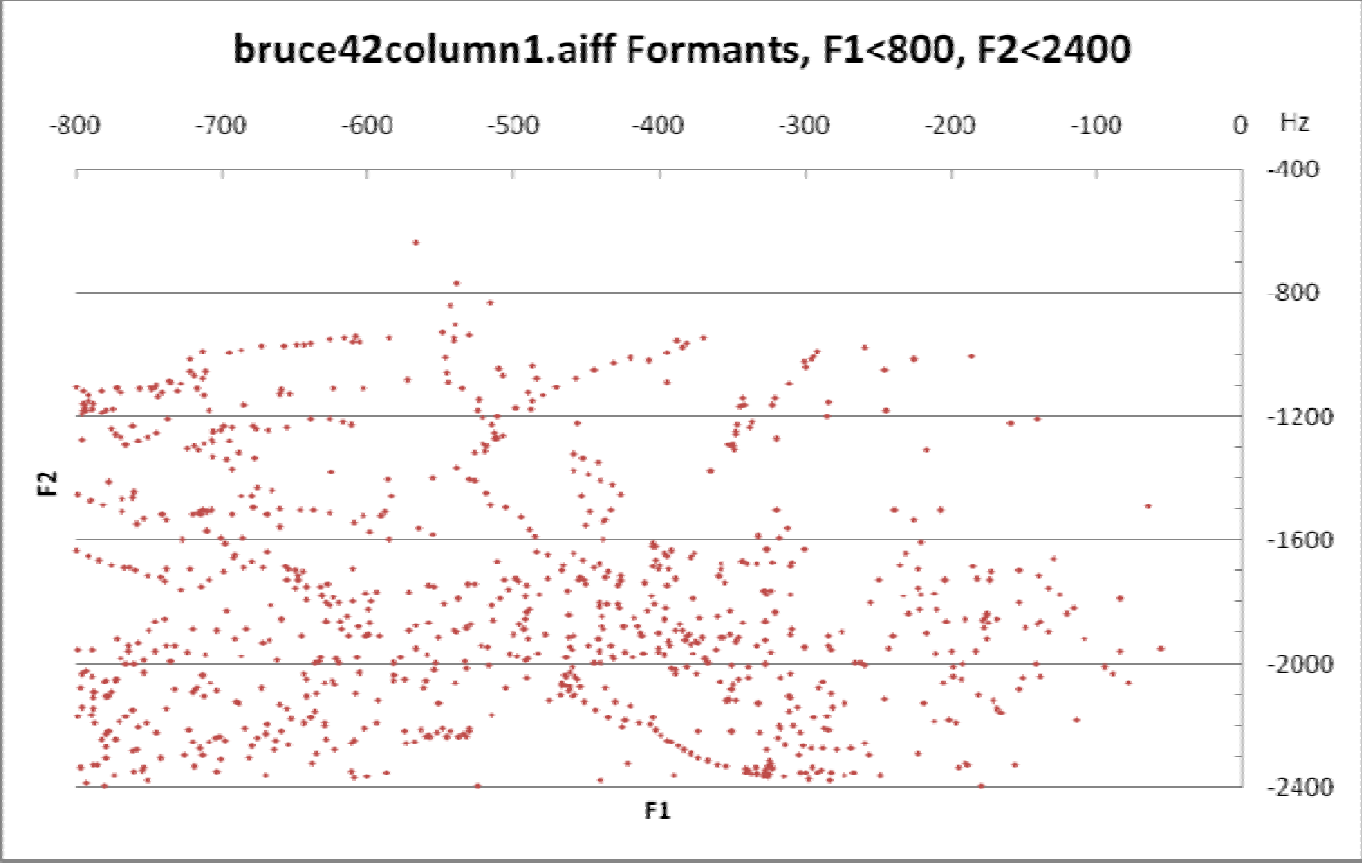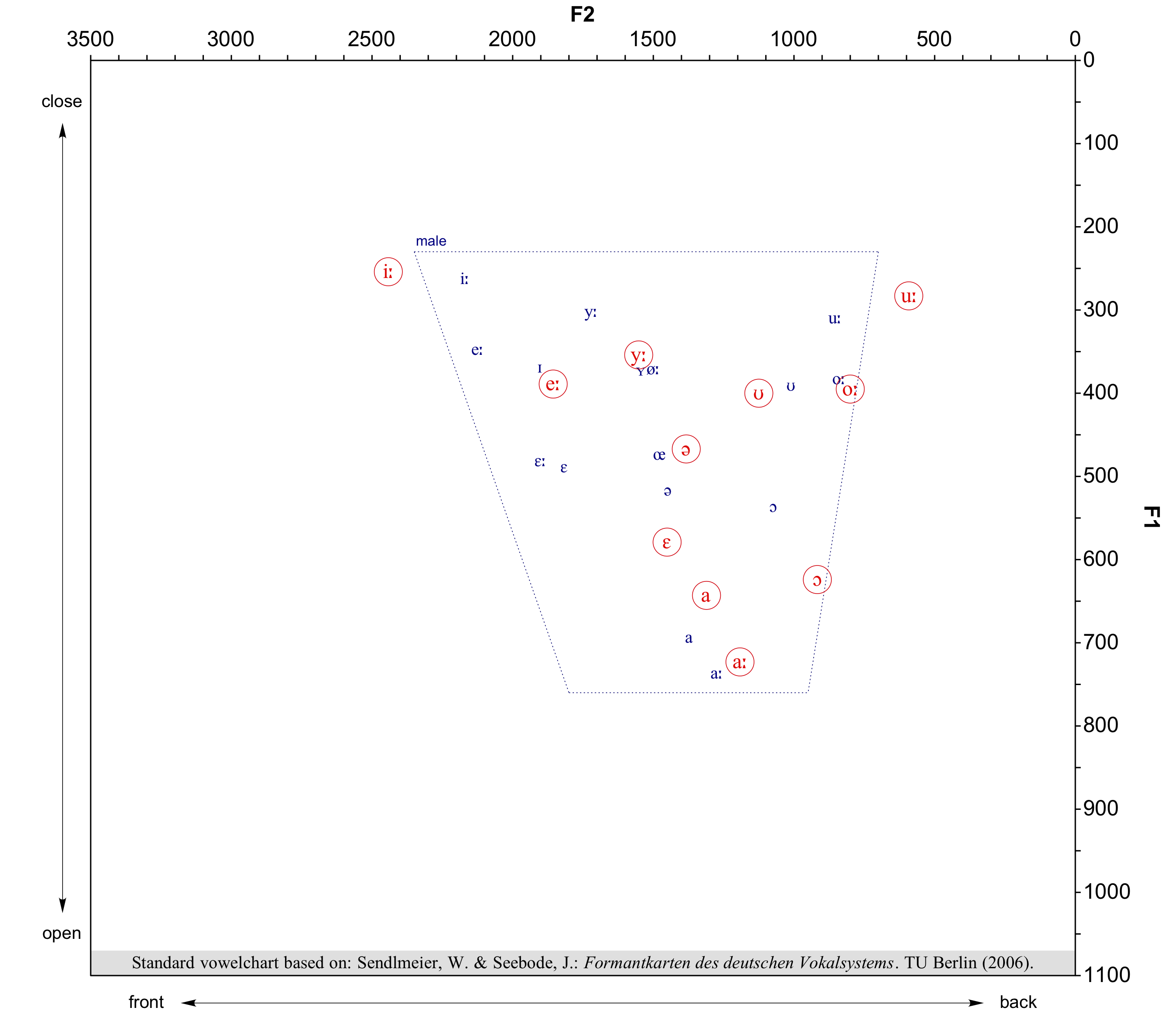


You can get the definition(s) of a word in the list below by tapping the question-mark icon next to it. The top 4 are: assimilation, nasalization, phoneme and french language. Speakers often insertĪ /g/ after the /N/, so look for a stop-like release.įigures 1 and 2 show some typical nasal phonemes in the spectrogram.Below is a list of nasalized vowel words - that is, words related to nasalized vowel. Progressive suffix `ing' (/I N/) because of the ``velar pinch.'' Otherwise N/ is easy to identify when it follows a high front vowel such as in the This means downward movement for /E/, F2 stays level. In its target position for /m/, so there will be no movement.į2 moves toward 1650-1800 Hz if it is not already there. But with low back vowels such as /oU/ and /u/, F2 is already Preceding sonorants into the /m/ and rising out of the /m/ into succeeding The phoneme /m/ will have the typical bilabial cues: formants dipping from Spectrogram patterns for /m/, /n/, and /N/ /N/ - F2 target level for velars - 1900-2000 Hz./n/ - F2 target level for alveolars - 1650-1800 Hz./m/ - F2 target level for bilabials - 900-1400 Hz.The frequency level which F2 actually attains. That these values are target levels towards which F2 moves, not necessarily Of its sensitivity to place of articulation, F2 can be a strong cue toĭistinguish the three nasals both in the nasal segment itself and in Keep in mind that the formant most affected by context is F2. Nasalization in surrounding vowels (vowels with ``split'' F1).Optional nasal release - looks like a weak plosive burst.Spectral discontinuities at the beginning and end of the nasal.For non-intervocalic nasals, F1 often the only visible formant.F1 in characteristic ``nasal murmur'' at 250 Hz.In non-nasals because of the longer vocal tract. Formants spaced at average intervals of 850 Hz rather than 1000 Hz as.Voiced but with lower amplitudes than the vowels or approximants.Remember that the liquid /l/ also has such antiresonances. Or zeroes which affect the appearance of the formants in nasal phonemes. Which characterize the other sonorants, nasal sounds also have antiresonances Nasal, the sound waves within the oral cavity and those within the nasalĬavity interact in complex ways. Obstruction of air in the oral cavity, nasals are sometimes called nasal stops.Īlthough air cannot flow out of the oral cavity during the production of a Obstruction determines the place of articulation of the nasal: the lipsįor /m/, the tip or blade of the tongue at the alveolar ridge for /n/,Īnd the back of the tongue at the velum for /N/. Which involve complete obstruction of the oral cavity. Presence of nasal consonants, the three nasals listed above are consonants Such vowels do exists in English as allophones of vowel phonemes in the Such as French and Portuguese have nasalized vowels as phonemes although The velum to allow air to flow through the nasal cavity. We produce these nasal phonemes by lowering They are the bilabial /m/, theĪlveolar /n/, and the velar /N/. There are three nasal phonemes in English. Next: Voiceless Plosives Up: Nasals and Plosives Previous: Nasals and Plosives


 0 kommentar(er)
0 kommentar(er)
